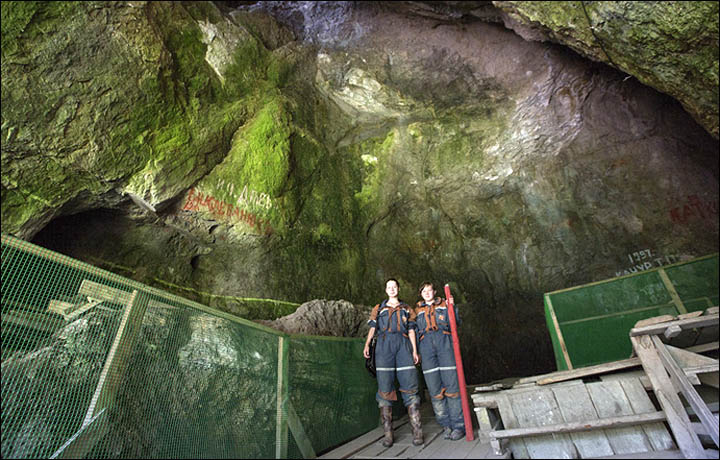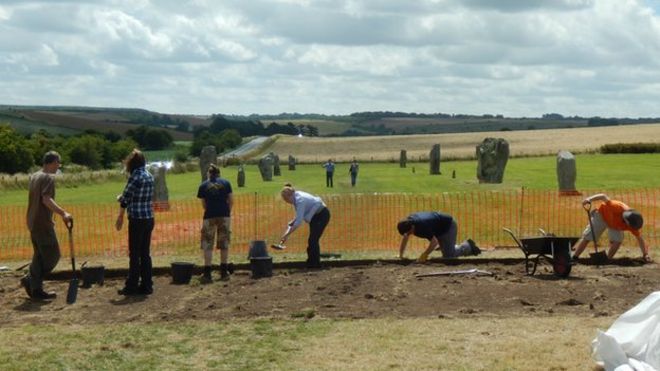The significance of the cave is immense, and the experts are convinced it has more secrets to give up on human origins. Picture: Vera Salnitskaya
These exclusive pictures show the world famous Denisova Cave in the Altai Mountains from which a series of stunning scientific discoveries on man's origins have been made in recent years.
More are expected as a result of a hive of archeological activity - overseen by the specialists from Novosibirsk State University - underway at this unique site inhabited continuously from the deep past.
Scientist Maksim Kozlikin said: 'We are working with Oxford University in the UK, they help us with radiocarbon and other dating and also conduct studies of ancient DNA. Currently, we continue cooperation and there can be new joint scientific articles.'
The significance of the cave is immense, and the experts are convinced it has more secrets to give up on human origins. Here in 2008 was discovered a finger bone fragment of 'X woman', a juvenile female who lived around 41,000 years ago, analysis of which indicated that she was genetically distinct from Neanderthals and modern humans.
This previously unknown and long extinct hominin species or subspecies was christened Denisovan after this cave. In 2010 analysis on an upper molar from a young adult, found in the cave ten years previously, was also from a Denisovan.
Read the rest of this article...













